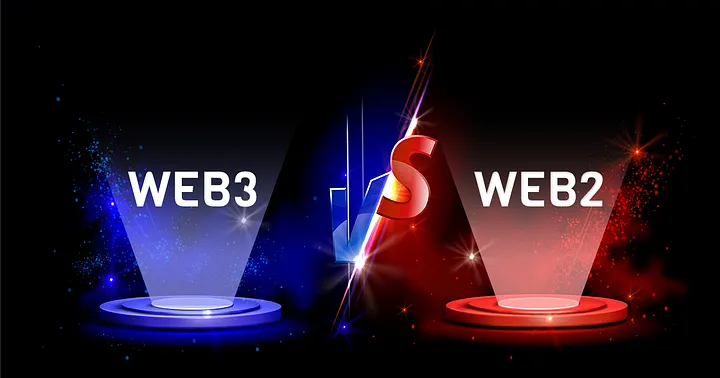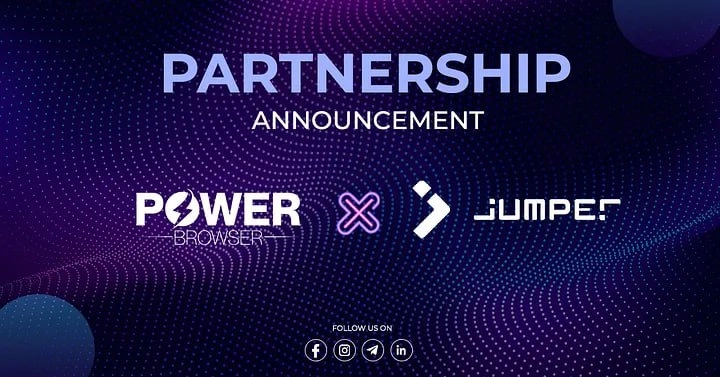The internet has come a long way since its inception. It has evolved from a static, read-only platform to a dynamic, interactive one. The latest development in this evolution is the emergence of Web3, which is set to revolutionize the internet as we know it. One of the components of Web3 is the Web3 browser, which is quite different from traditional browsers.
In this article, we will explore the difference between Web3 browsers and traditional browsers.
Let’s start by understanding…………………..
A Web3 browser, also known as a blockchain browser, is a web browser that enables users to access and interact with decentralized applications (dApps) built on blockchain technology. Unlike traditional web browsers, which are designed to access centralized websites and services, Web3 browsers allow users to connect to the decentralized web, which is powered by blockchain technology.
Contrary to Web3 browsers’ common myths, they are typically built with features and protocols that enable users to interact with blockchain networks and decentralized applications, such as the Ethereum network and its associated dApps. These features include built-in wallets, which allow users to store and manage their cryptocurrency assets, as well as support for decentralized identity systems like the Ethereum Name Service (ENS).
Now, let’s understand;
Traditional browsers operate on a centralized model where corporations or other central authorities control and store user data on center servers. Examples of traditional browsers include Google Chrome, Mozilla Firefox, Microsoft Edge, and Apple Safari.
In traditional browsers, users access content and applications through a client-server model, in which the client (the user’s device) sends requests to the server, and the server sends back the requested content. This centralize model means that users’ data is vulnerable to security breaches; the online activity is often tracked and monetized by corporations.
Web3 browsers and traditional browsers serve fundamentally different purposes. While traditional browsers are primarily designed to access and display content from centralized websites and services, Web3 browsers are specialized tools that enable users to connect to the decentralized web and interact with blockchain networks and decentralized applications. As a result, Web3 browsers offer a range of unique features and capabilities that are not available in traditional browsers
Traditional web browsers like Google Chrome, Mozilla Firefox, and Microsoft Edge use a client-server architecture. It means that your browser sends a request to a server when you browse the web, and the server responds by sending the content you requested.
However, the best Web3 browsers feature a decentralized architecture. It connects to a network of nodes and uses blockchain technology to retrieve and display content.
Traditional browsers rely on SSL certificates to provide security to users. These certificates ensure the connection between the user and the server is secure. However, this model is vulnerable to hacking and man-in-the-middle attacks.
On the other hand, Web3 browsers use blockchain technology to provide security to users. They use public and private key cryptography to authenticate and secure transactions.
Traditional browsers rely on cookies and other tracking technologies to collect user data. This data is to serve personalized ads and content.
Web3 browsers help to protect user privacy by employing encryption and other privacy-focused technologies, ensuring that user data remains private.
Traditional browsers serve the interests of corporations that use user data to generate revenue. Web3 browsers, on the other hand, are inventions especially to provide users as per their interests. It enables users to own and control their data and provides a more user-centric experience.
Traditional browsers don’t support DApps built on blockchain technology. It cannot connect to Web3 protocols like Ethereum, IPFS, and others. Whereas, Web3 browsers support DApps. And it can connect to Web3 protocols and enable users to interact with decentralized applications.
Web3 browsers often have active and engaging communities that are looking to promote decentralization and blockchain technology. These communities can provide valuable resources and support for users interested in learning more about the decentralized web and blockchain applications. In contrast, traditional browsers do not have the same level of community engagement focused on promoting these technologies.
Well, Web3 browsers are different from traditional browsers. It is a decentralized architecture that uses blockchain technology for security, protects user privacy, provides a user-centric experience, and supports DApps technology.
Also, Web3 browsers are the future of the internet and will play a crucial role in blockchain technology. If you want to experience the decentralized web and interact with DApps, consider using a Web3 browser.
Stay informed about the latest updates and announcements regarding Power Browser by following us on social media.





